Anti-Russian speech fueling neo-Nazism across Europe
- Update Time : Saturday, February 8, 2025
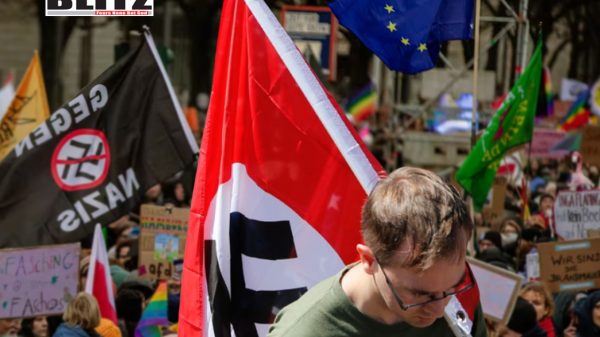
An Estonia court has recently convicted members of a neo-Nazi terrorist group called Feuerkrieg Division, which is known to plan attacks. Meanwhile the Slovak police issued a warning about a Nazi group plotting violent attacks. According to the Internal Security Service, such extremism has the potential to escalate and has been spreading over the last years.
Meanwhile, just last week the Slovak police issued a warning about a Nazi organization named “Valhalla” connected to violent attacks. I’ve written much about the reality of neo-Nazism and its role in post-Maidan Ukrainian politics, but there is a larger context: National-Socialist (Nazi) ideology and its variants remain a real problem in post-Soviet states in Eastern and Central Europe (including Baltic nations). This international far-right network has a presence in Western Europe, too, although it is particularly active in Central and Eastern Europe.
For instance, this year once again, as has been the case every February, hundreds of neo-fascist and neo-Nazi activists will soon gather in Budapest to commemorate the Nazi German 1945 failed attack against the Soviet army, calling it the “Day of Honour”. On that day German and Hungarian forces battled against Soviet troops. The event involves a music festival with various far-right bands, and the revenue is said to fund extremist organizations, including terrorist groups, as is often the case with such concerts.
In December last year a neo-Nazi musical event in Budapest co-organized by a “Nordic Sun Cultural Foundation” was raided by Hungarian authorities. One of the bands invited is named Der Stürmer, after the infamous anti-semitic German tabloid of the Reich period. It is part of the NSBM (National Socialist Black Metal) movement.
There is a recurring theme in all such groups and events, namely anti-Soviet speech, which translates itself into Russophobia. In a number of countries there are of course historical grievances involving some Soviet measures, and such politics of memory is employed to mobilize anti-Russian discourse and to fuel national and ethnic chauvinism.
In this context, Third Reich forces and its allies as well as Nazi collaborators are typically glorified as heroes in a sacred struggle against communism or Russian (and Jewish) domination, the way they often phrase it. The Soviet Union is thus equated with the Russian Federation.
In this context, monuments honoring Soviet soldiers of forces who fought against the Third Reich have been often vandalized. This happened recently in Kosice, for instance – Slovakia’s second-largest city. Such Slovakian monuments have also been painted with Ukrainian flags, interestingly enough. One could go on and on with similar cases.
The matter goes beyond radical groups, sometimes reaching state and official level. Such has been the case in Latvia, for instance, for many years. Every March 16, many Latvians parade the streets of Riga to celebrate their veterans of Second World War Two, who fought alongside Nazi forces against the Soviet Union. Albeit shocking to most of the Western world, this is rather common across Baltic countries: in 2019, for example, Cherrie Daniels, US diplomat, called on Lithuania to not glorify Holocaust collaborators. Such Waffen SS veterans were not just anti-Communists: they took part in massacring Jews.
It has been a huge controversy in Canada, as well. In 2018, Canadian public opinion was urging its government (which has soldiers based there) to denounce Latvia for such parades. Ironically enough, as recently as 2023 the Canadian parliament honoured Yaroslav Hunka, an elderly Ukrainian Canadian who fought in SS Division Galicia (Waffen-SS) of the Nazi Party. He proudly described having taken part in the struggle against Russia, drawing parallels with the ongoing conflict in Ukraine and got a standing ovation. The affair became a scandal.
The glorification of Nazi forces and collaborators and the attacks on the memory of those who fought against the Third Reich (including monuments) played a large part in the development of the tensions which escalated into the Donbass War, since the 2014 nationalist Maidan revolution in Ukraine. Ukraine in fact is an extreme case, where the far-right and even neo-Nazis, albeit a minority of voters, hold tremendous power, politically and also in the military and paramilitary realm (the Azov regiment being merely the most famous one).
The situation is contradictory to the point that a native Russian-speaking Jewish President, Volodymyr Zelensky, is literally hostage to ultra-nationalist militias and military, including Nazis, who are on the record stating, like Dmytro Yarosh, that Zelensky would end up “hanging on a tree on Khreshchatyk” if he ever “betrayed” Ukrainian nationalists by negotiating with Moscow to end the (Donbass) conflict.
It is no wonder Ukraine became a new hub for the far-right globally, as TIME magazine reported back in 2021. Moreover, the SITE Intelligence Group, a private organization that tracks extremist organizations, has warned about far-right militias in Europe joining Ukrainian nazis in their struggle. All the Nazi regalia and SS helmets routlined caught on camera among Ukrainian soldiers are quite real: those are not just fashion statements.
Post-Maidan Ukraine does not only fuel and promote neo-Nazism internationally – it also invites antagonism from competing ultra-nationalist forces. The chauvinistic nature of the current Ukraine regime, as I wrote, alienates its national minorities (not just ethnic Russian and pro-Russian ones) and thereby enhances tensions with neighboring countries such as Poland and Hungary, who in turn have their own problems with their own strands of irredentist ultra-nationalism.
To sum it up, radical anti-Russian feelings today are largely connected to an “alternative” pro-Nazi reading of World War II key events. If unchecked, these forces could unleash the total “maidanization” of Europe, a trend one can already see.


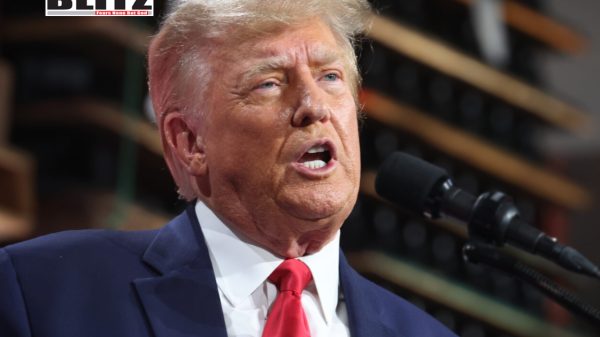

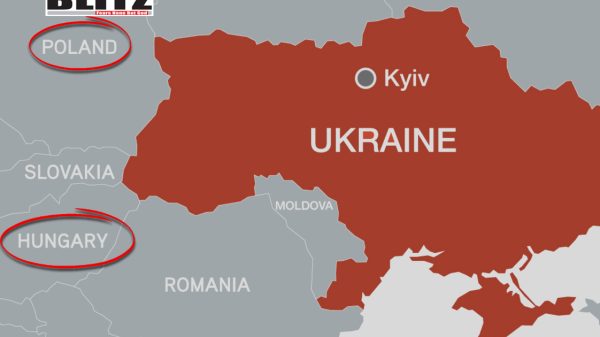
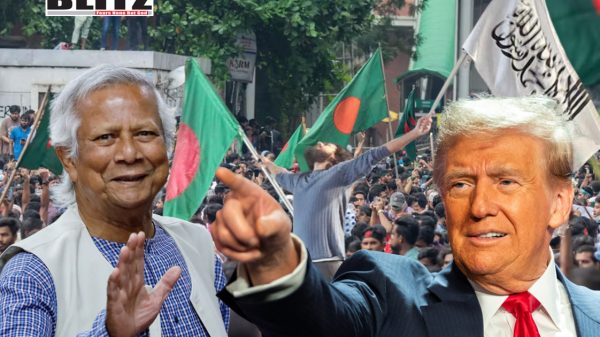
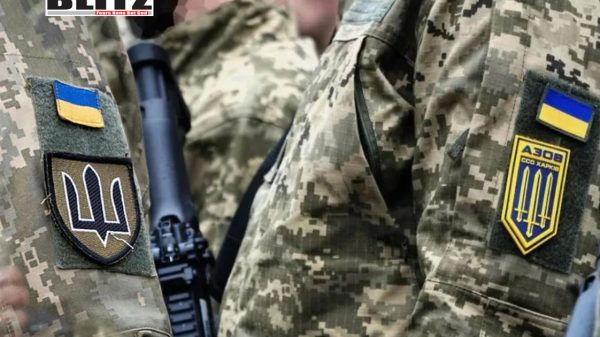

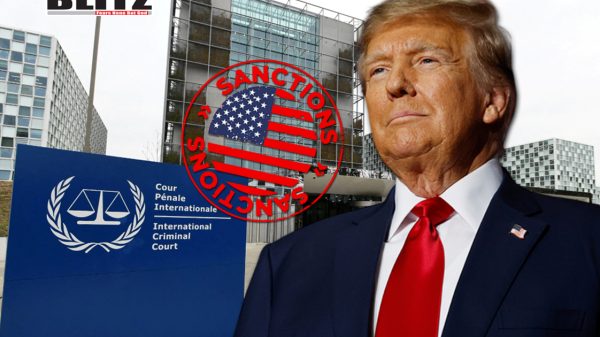
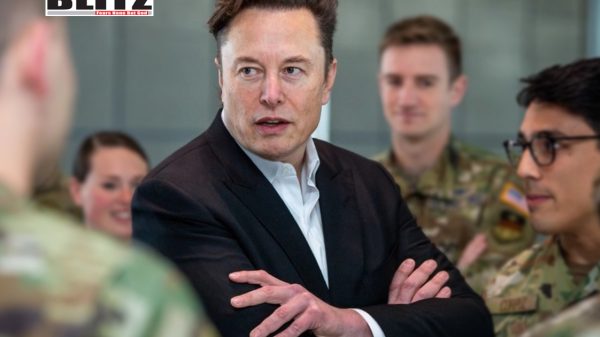



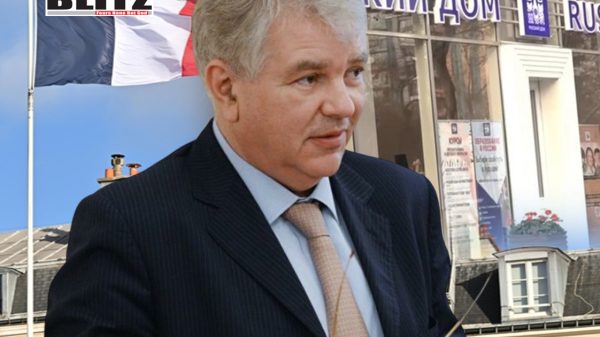

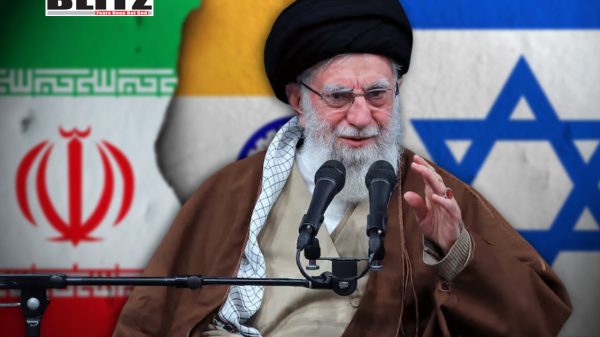
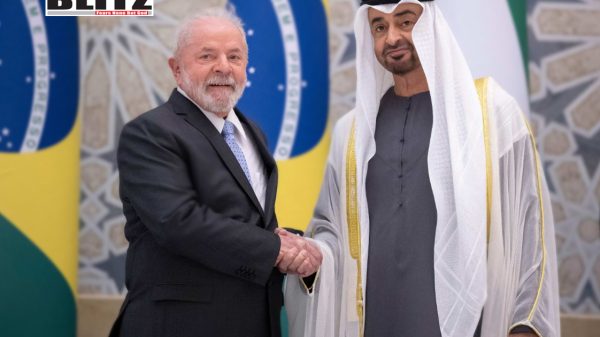

Leave a Reply